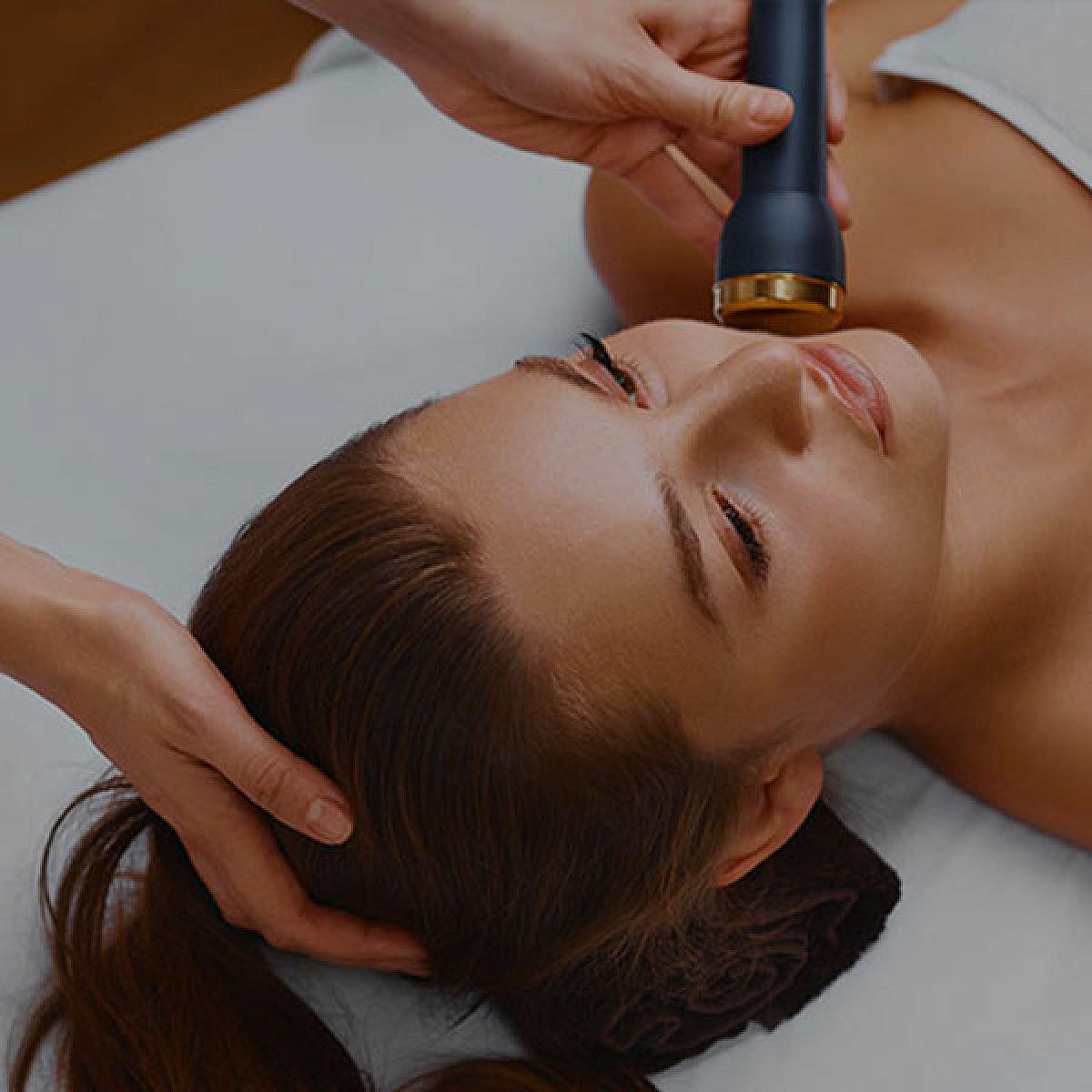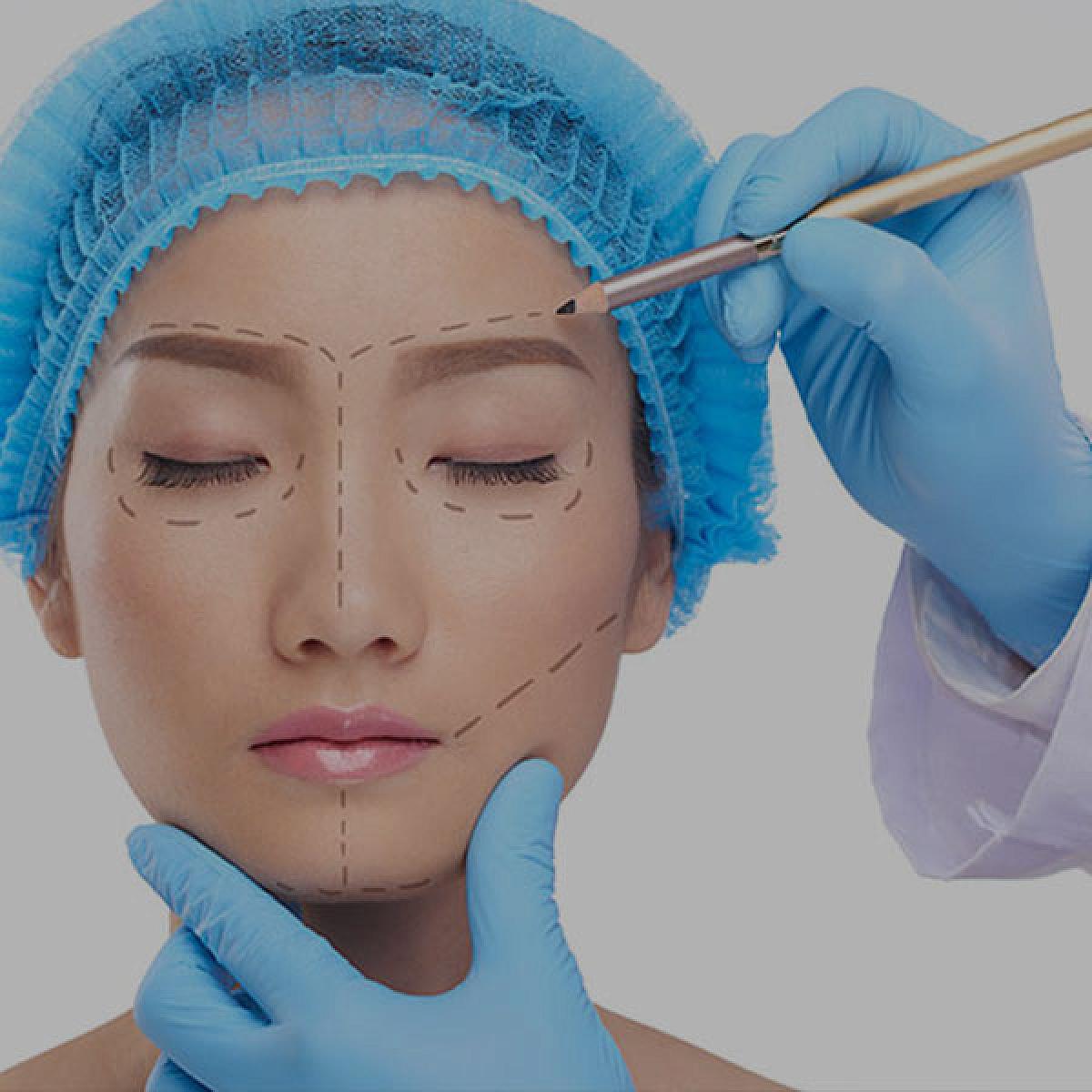

What Is a Breast Reduction?
Procedure Cost
Breast Reduction
$9,875*
** This price is an estimate and does not include additional procedures or prescriptions. Please consult with our office to learn your actual cost.
A breast reduction is a surgery that removes extra breast tissue, fat, and skin. The surgery is also called a reduction mammaplasty. The goal is to make your breasts smaller, lighter, and more comfortable for your body.
You're not alone if you have large breasts that cause pain or make daily tasks more challenging. Breast reduction surgery can bring real relief, both physically and emotionally. During breast reduction surgery, your surgeon reshapes and lifts your breasts, giving them a natural look that fits your body.
In most breast reduction surgeries, the nipple-areola complex (NAC) is repositioned to a higher, more central position on the breast. Nipple repositioning keeps the nipple attached to the underlying tissue.
However, in rare cases, a free nipple graft might be necessary. This involves completely removing the NAC and reattaching it as a skin graft. Free nipple grafts may be more likely in large breast reductions.
At University of Utah Health, our expert plastic surgeons take the time to understand your goals and provide care that fits your body and your life.
Benefits of Breast Reduction
The breast reduction procedure is different for everyone. You may want to go down one or two cup sizes, or you may need a larger breast reduction to ease pain or improve movement.
Your provider tailors breast reduction surgery to your shape, goals, and overall health. It’s not just about changing how your body looks. A breast reduction can boost your confidence and comfort in everyday life. There are several benefits to breast reduction:
-
Ability to move more freely during exercise
-
Improved posture
-
Easier time finding clothes and bras that fit
-
Less pressure on your neck, back, and shoulders
Breast Reduction Sizes
You don't need to know your exact desired cup size to proceed with breast reduction surgery, but sharing your goals is helpful.
During your breast reduction consultation, your surgeon will discuss size options and results. They will help you find a balance between comfort and how you look.
Breast Reduction Surgery Cost
The total cost for breast reduction depends on several things, including whether your procedure is considered cosmetic or medically necessary. Some patients pay out of pocket, while others get full or partial coverage through their insurance.
Does Insurance Cover Breast Reduction?
Insurance may cover your breast reduction if the surgery is for medical reasons, like chronic pain or skin irritation.
To improve your chances of insurance approval, bring documentation:
-
Images of rashes or infections under the breasts
-
Notes from your primary care doctor about neck, back, or shoulder pain
-
Records from visits to a chiropractor, physical therapist, or orthopedic doctor
-
Reports showing how your breast size impacts your daily life
If insurance covers your breast reduction surgery, your surgeon may need to remove a specific amount of tissue to meet insurance rules. Your surgeon will go over all this information in detail before surgery. You’ll be able to ask questions, so there are no surprises.
If you plan to pay out of pocket, U of U Health has payment options and financing for plastic surgery.
Regardless, we’ll help you understand your options. Ultimately, your surgeon focuses on providing the best care.
What to Expect at Your Breast Reduction Consultation
Your first visit is all about you. We'll ask questions, listen to your concerns, and help you feel confident about your choices.
During your breast reduction consultation, your surgeon will talk to you about several things:
-
Breast size and how it affects your life
-
Desired size and shape post-surgery
-
How the surgery works, including breast reduction scars and healing
-
Imaging you may need, such as mammography or ultrasound
-
Insurance requirements and coverage questions
-
Symptoms and medical history
You don't need a referral to schedule your breast reduction consultation, but if you have documents from a doctor showing medical symptoms, bring them along. It can help with insurance approval.
Breast Reduction Surgery Near Me
Displaying 8 of 9 providers

Cori A. Agarwal

Jayant Agarwal

Mckenzie Alban

Courtney H. Crombie

Isak A. Goodwin

Chelsea A. Harris

Gregory Hobson

Norelle Walzer
Why Choose U of U Health?
Choosing the right breast reduction surgeon and care team matters. We're here to support you from start to finish. We'll help you feel confident, comfortable, and cared for every step of the way.
A Team-based Approach That Looks at Your Total Health, Not Just One Body Part.
Experienced, Compassionate Plastic Surgeons Who Specialize in Breast Reduction.
State-of-the-art Surgical Care in a Hospital-based Setting With Full Safety Support.
Support For Complex Cases, Including Autoimmune or Chronic Health Conditions.
Make an Appointment with a Plastic Surgeon
It's never too early to take the first step. Breast reduction consultation appointments book up several months in advance. Call us at 801-581-7719 to schedule your visit with a plastic surgeon.
Recovering from Breast Surgery
For a smooth recovery, you must follow your plastic surgeon's aftercare instructions. Learn what you can expect as your body heals after your breast surgery procedure.








